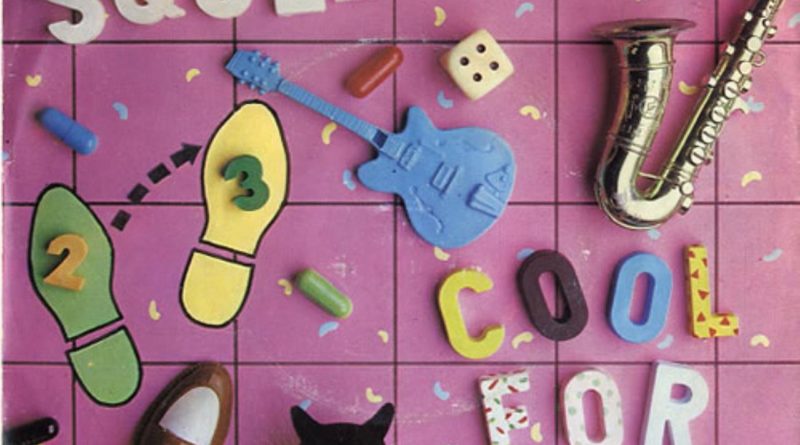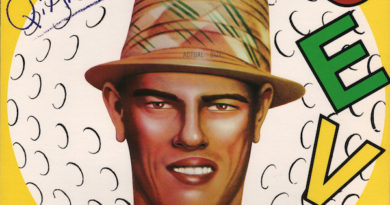40 Years On: Squeeze Release Cool For Cats
Difford and Tilbrook proved they’re the Big Meow in 1979

A product of Britain’s post punk era, when those insurgent sounds morphed into the mainstream, Squeeze built a reputation as a melodically informed band that successfully emulated the working relationship of Lennon and McCartney a decade before but in the New Wave era.
Helmed by the songwriting team of Chris Difford and Glen Tilbrook, they put an emphasis on harboring hooks and candy apple choruses that seized the listener’s attention from the first hearing on. With their sophomore set, the confidently titled Cool for Cats, they made a bold leap forward towards mass market acceptance.
Although the band’s debut — simply titled Squeeze in the U.K. and U.K. Squeeze in the States — provided the promise of a bright new beginning and, at the same time, a resurgence of classic British pop, it was hampered in many ways by its overly exacting producer, John Cale. Cale mandated how Difford and Tilbrook finessed their songs, a tutorial style that was often at odds with the duo’s intents. While that initial album showed promise, it didn’t necessarily point the way towards what they’d accomplish under their own aegis, and instead served to stifle a wellspring of talent that remained somewhat dormant early on.
Replacing Cale with a far more sympathetic figure in the person of John Wood, the band — then consisting of Tilbrook (vocals, guitar, keyboards), Difford (vocals, guitar), new recruit Jools Holland (keyboards, vocals), Harry Kakoulli (bass) and Gilson Lavis (drums) — made the record that could be considered their first essential offering. It boasted at least four signature songs — “Goodbye Girl,” “Cool for Cats,” “Up the Junction,” and “Slap and Tickle” — each released as a single, thereby bringing the band early attention. While the album itself climbed only to the middle reaches of the U.K. charts, “Cool for Cats” and “Up the Junction” landed well inside the top five, setting a precedent that would be repeated often in the future.

Indeed, if any outfit had the wherewithal to maximize popular appeal, Squeeze were easily in the position do so. The breezy harmonies, clever wordplay, gilded arrangements, and melodic caress seemed tailor made for mass consumption. They made the case that a band could be both thoughtful and accessible, without sacrificing any one of those elements to the detriment of the other.
That said, for all the gems contained therein, Cool for Cats only hinted at the accomplishment that lay ahead. Succeeding albums, Argybargy, East Side Story and Sweets From a Stranger revealed the full range of the band’s inarguable luster and demonstrated that they could rightfully take their place alongside such peers as Elvis Costello and Nick Lowe. They ushered in a specific style of songwriting that could garner a nod and a wink from the knowing, while still gaining acceptance and appreciation from the adoring masses.
For the time being however, Cool for Cats helped beckon rock’s return to melody, cohesion and accessibility, the foundation upon which timeless pop has always been built on. These cats clearly had it down.




